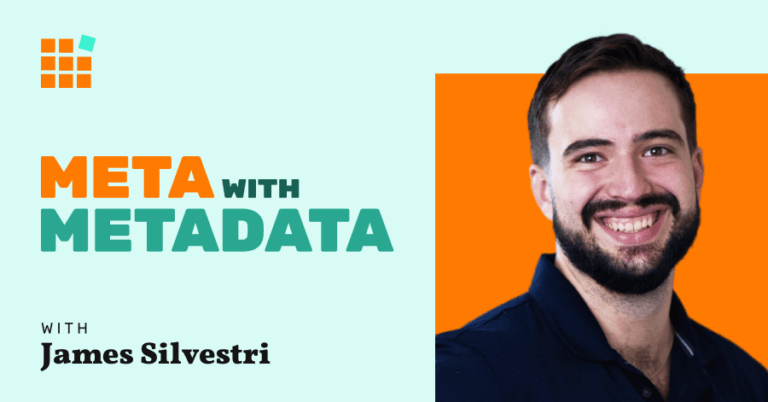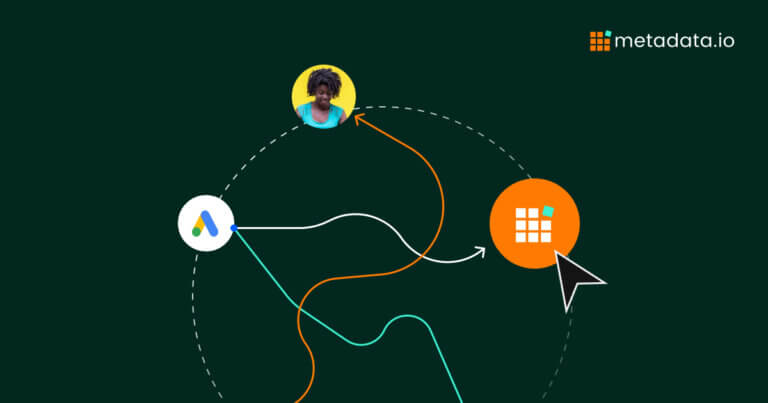Hey Marketers, It Might Be Time to Slow Down. Here’s Why (and How)
You’re constantly pressed to do more.
Try that new channel.
Get more high-quality leads.
This go-go-go mindset is part of what makes B2B marketing such a thrill, but it can put you in a tough spot at times, too. Instead of slowing down, you shift tactics and priorities our of low confidence or pressure from the brass.
But how do you know what’s working and what’s not without time to, well, wait and see?
Graceanne McDonald, co-founder of Storybook Marketing, said it well during DEMAND: “The idea of slowing down means taking the time to understand our programs holistically in order to make decisions more sustainably.”
This article dives deeper into the why and how behind slowing down your paid advertising strategy.
Why slow down your paid ad strategy?
Here’s the short answer: Because no effort can overcome an incorrect strategy.
Imagine yourself in this situation: You’re working for a Series A startup in the tech industry. Your budget is big—say $50,000 a month—and you want to use most of it to drive demo requests.
After a quarter, a few learnings come to light, namely, that despite spending thousands on conversion ads, they’re only generating 25% of your pipeline. Meanwhile, ads promoting ebooks and industry reports you typically reserve for brand awareness make up the lion’s share.
Clearly, your intentions (to get more demo requests with conversion-based ads) don’t match the outcomes of your campaign (demo requests are coming from brand awareness ads).
Liam Moroney, also a co-founder of Storybook Marketing, said, “…in a lot of programs, the intentions of your budget don’t necessarily match the outcomes—and it can be hard to see that picture because [your campaigns] often happen individually in different platforms. Stitching that view together is something that takes time and slows you down.”
Given your C-suite’s “what-have-you-done-for-me-lately?” attitude though, slowing down isn’t something you can afford to do, right?
So, you react like any B2B marketer and force those intended outcomes, when in reality, the smarter move would be to take a breath, slow down, and ask yourself the tough questions.
It may be hard to embrace this mindset in the moment, but the answers you get from slowing down will give you a more holistic understanding of your campaigns, help you make more informed decisions, and ultimately set you up for sustainable growth.
How to *actually* slow down your paid advertising strategy
Take Graceanne’s advice: “It starts by looking at your program across all channels. What were the intentions of the specific tactics and the spend across those channels? What were you trying to do with each of them? Having clarity on that is a really important starting point.”
Start by assessing everything to determine if the intentions of your spend match the outcomes you set out to achieve with your program. To do that, look at your entire demand generation strategy across channels, goals, and everything in between. Lay it all on the table. It’s no-holds-barred here.
Once you understand your program, you can slow down, isolate variables, and figure out what’s not quite right. For example, are you getting a ton of leads, but your Sales team disqualifies them after the first call?
The key is to look at performance from the outcome level, not the ad level. While ad performance is often a good proxy of success, it’s not guaranteed. You can have a kickass ad with a low cost-per-lead (CPL), but that doesn’t necessarily mean it’ll turn into actual pipeline and revenue.
Here’s what to do instead.
1. Focus on how you’re targeting your audience
The key word here is “how.” This isn’t necessarily about who you’re targeting but how you’re reaching them and when. According to Liam, it’s more about focusing on the right people in the right way.
For example, are you reaching a meaningful slice of your total addressable market (TAM) on the channels they use? Are you using ad types that are actually engaging your audience? Are you delivering targeted ads across channels to give people a true multichannel experience?
Liam said, “You can get the right leads, but you can get them in the wrong way, on the wrong channel, and through the wrong lens.” In other words, you can reach the right people, but if you’re not engaging them when they’re in the right mindset and actively looking to make purchase decisions, your campaigns are largely for naught.
2. Optimize your content
If your campaigns aren’t lighting up the scoreboard, it might be because your content’s not aligned with your goals.
Think about it: If you create content on best practices or industry trends, it’d make sense that the leads coming in from these ads aren’t quite ready to buy or don’t have enough information when they talk to the Sales team.
In reality, if your goal is to drive demo requests, your content should show off your product; it should educate your audience and highlight the benefits. While this may bring in fewer leads than a flashy trends report, you can bet that the people who do raise their hands are doing so with intent. And who cares, anyway? MQLs are so 2015.

3. Align your message and timing
If you’ve tweaked your targeting strategy, optimized your content, and still aren’t happy with your results, look at your message and when you’re delivering your ads.
From a messaging standpoint, how clearly are you communicating product value to your prospects? Have you removed the fluff and jargon? You know which words we’re talking about—innovative, disruptive, game-changing, best-in-class.
Ultimately, if your audience doesn’t understand what you do and how your product can help them, your campaigns will always miss the mark.
In the same vein, evaluate whether or not you’re reaching your audience at the right time in their buying journey. For example, are you asking a cold audience for a demo request before they understand how your product can help them—or before they know that your product even exists?
We know you’re under pressure to deliver, but that doesn’t mean you can rush people into buying something (or having a conversation) they’re not ready for.
What are the benefits of slowing down?
We already looked at the “why” behind slowing down your paid advertising strategy, but if you’re still not convinced it’s one of the smartest moves you can make, here are three more reasons:
More time
It sounds counterintuitive, but bear with us. Slowing down can actually win you back time. Here’s what Liam had to say: “When you slow down, you start to realize that there are things that you just didn’t get to look at correctly that were foundational elements of a program.”
Said another way, slowing down means you’re not wasting time on things that aren’t driving your intended outcomes. Instead, you get insights that serve as the foundation and blueprint of your future campaigns.
A more detailed blueprint
With this blueprint, you can make more informed decisions. Are you targeting the right audience on the right channels? Are you building and optimizing the right content? Is your messaging clear, and are you showing parts of your product that mean something to your audience?
When you have these answers, you can move forward with fewer questions and ensure you’re making every cent of your budget go the extra mile.
Better, more sustainable results
With a more detailed blueprint and more time to dive into your campaigns, you can scale because you know what’s working and can stop spending on the campaigns burning through your budget (you can also have any underperforming ads automatically).
Liam said, “When you have a clear understanding of the audience, the message, the content and the timing, you can put more budget into it [your campaigns] because you’re not testing. You’re optimizing based on understanding.” He continued, “Ultimately, there’s clarity in the program; it gives you a mindset shift that focuses on how to execute in a scalable and sustainable way.”
Use AI to slow down and scale
Many B2B marketers think of artificial intelligence (AI) as a way to speed things up—and rightfully so. AI can absolutely help you market faster, but Liam and Graceanne think of AI through a slightly different lens. According to the two co-founders, AI can help you slow down, too.
With tools like ChatGPT and Writer, you can hand off some time-consuming tasks tied to program ideation and creation. For example, you can use Writer to draft headlines and copy for your ads. At the same time, you can tap into ChatGPT to turn a recent webinar into a handful of social posts. You can even use a tool like Canva to speed up the content creation process and Notion to help with brainstorming and note-taking.
By using AI to offload some of these tasks, you now do have the time to slow down, look at your strategy holistically, and figure out how to drive more pipeline and revenue with your ads.
Liam’s advice? “While we look to things like AI for ways of doing more, what we really encourage is looking at AI as a way of getting time back to spend on tasks you just haven’t had time for. It’s one of the most valuable things to do for a successful program.”
Want to watch more DEMAND sessions? You can watch all of them here.


